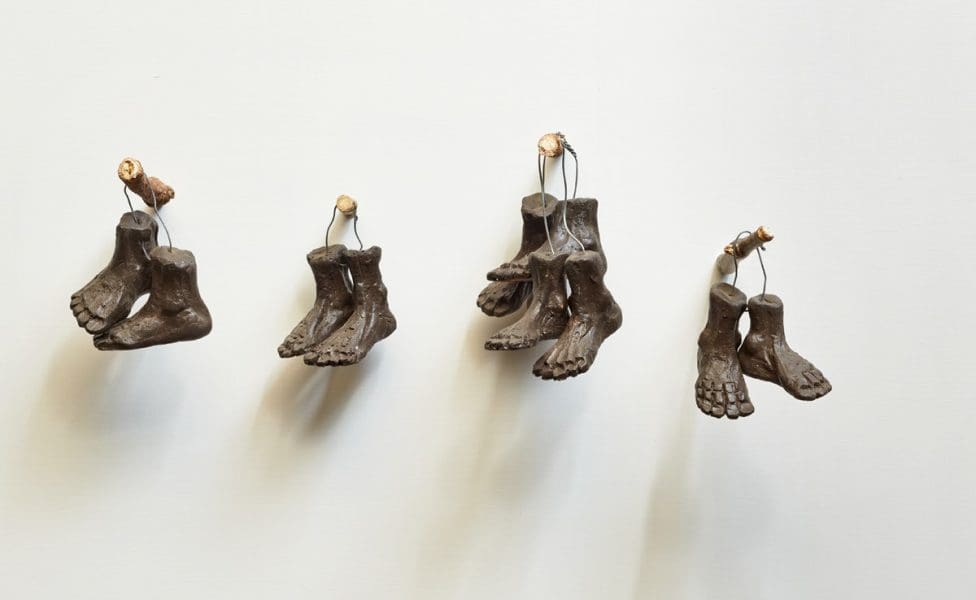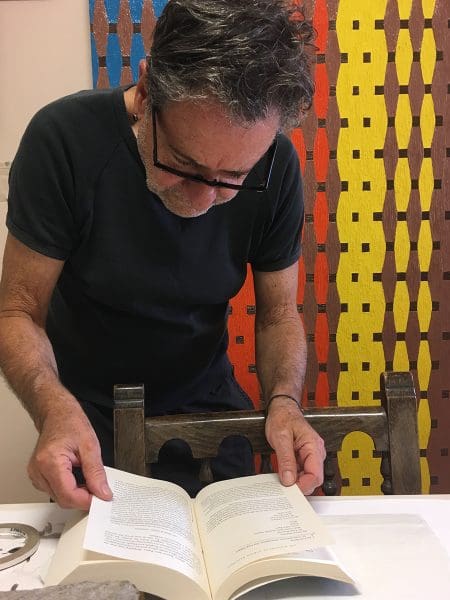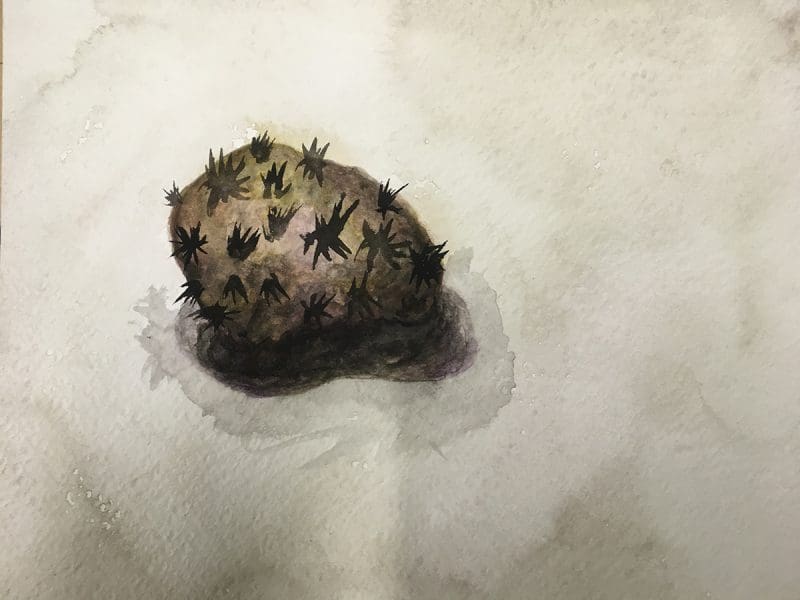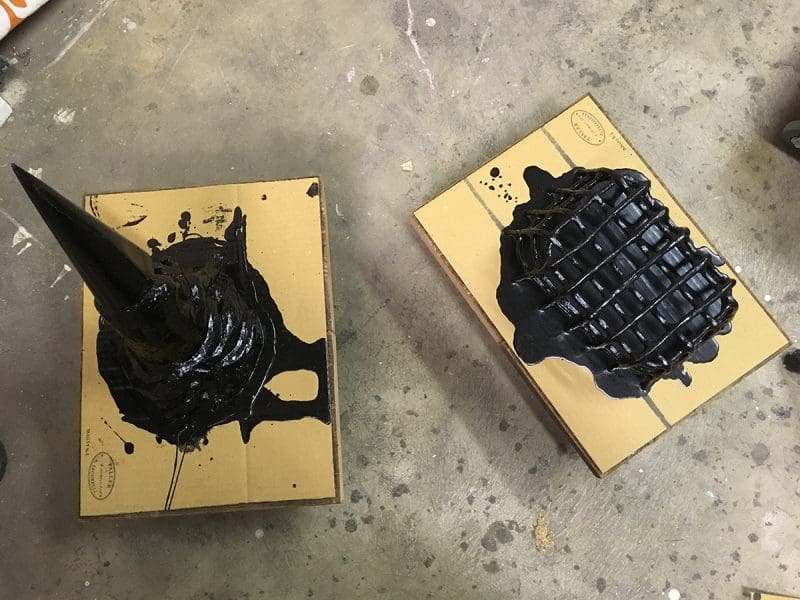
Finding New Spaces Together
‘Vádye Eshgh (The Valley of Love)’ is a collaboration between Second Generation Collective and Abdul-Rahman Abdullah weaving through themes of beauty, diversity and the rebuilding of identity.






Adelaide-based artist Aldo Iacobelli spends a lot of time poring over the work of 16th-century painter, Hieronymus Bosch (whom Iacobelli refers to by the spelling of his full name, Jheronimus van Aken).
A frequent visitor to the Bosch collection housed at the Museo del Prado in Madrid, Iacobelli is particularly fond of The Haywain Triptych, a three-panelled work heavily steeped in biblical imagery and Flemish proverbs.
The Haywain Triptych depicts scenes inspired by religious texts and medieval life all taking place around a giant haystack teetering on a wagon. The triptych is thought to have been completed shortly before Bosch’s death in 1516. The central panel features people going about their daily routines roasting meat, washing baby bums and getting their teeth pulled. In frightening contrast, the attached side panels serve as reminders of the consequences of sinful actions and separately reflect the expulsion of Adam and Eve from the Garden of Eden, and a chaotic vision of Hell where humans are brutally flayed and debased.
“Without fail, every time I stand in front of the paintings, I discover some new details,” Iacobelli says. “I have developed a particular closeness to The Haywain Triptych as the work encompasses the feeling that we humans are capable of amazing love and compassion to one another but depending on circumstances, we’re also capable of despicable atrocities. The Haywain Triptych is full of symbolism and metaphor, I feel as if the full cycle of life is going before my eyes as I look at the work.”
His multidisciplinary work looks at the sociopolitical aspects of memory, art and literature. While he has been a long-term fan of Bosch, it was during the Museo del Prado’s 2016 staging of Bosch: The 5th Centenary Exhibition, that Iacobelli’s fascination with the triptych intensified and he started making sculptures, paintings and drawings as a direct response. The result is A Conversation with Jheronimus, a site-specific installation commissioned by Erica Green, curator of the Anne & Gordon Samstag Museum of Art, for the South Australian Living Artists Festival.

While Bosch illustrated the consequences of sin and excess, the consequences of global politics are illustrated throughout Iacobelli’s installation, with the refugee crisis and displacement being central themes. In a series of delicate ink drawings, anonymous bodies are cloaked in long garments that recall the distinctive triangular hats adorning the heads of Bosch’s protagonists in The Haywain Triptych. Iacobelli describes the figures as having “their identity taken away from them, the only part of their body we can see are their feet, worn out by fatigue. On the side of these images is a number, the way imprisoned refugees are currently identified.”
The central piece in Iacobelli’s installation is Triptych in Grisaille with a hanging mechanism, a large painting executed in the grey monochrome style Bosch used in several of his paintings. The outer rim of the triptych is coated with grey pulp made from liquefied copies of South Australia’s newspaper, The Advertiser, adding not only physical weight but also the psychological weight of recorded history. A significant part of this work is the visually symbolic nature of the hooks supporting the work. Made to resemble the sterilized hooks in a butcher shop, Iacobelli’s triptych appears displayed like heavy chunks of meat, further reiterating the anonymity of bodies shifting from place to place.
For Iacobelli, the impermanence of these easily shifted works is suggestive of “the transitional nature of the image” and being lost in an architectural space in search of an identity. Through Iacobelli’s contemporary interpretation of The Haywain Triptych, it becomes clear although centuries have passed; Bosch’s work retains a timeless quality. As Iacobelli states, “What makes Bosch so important is the fact that his work has outlasted its own history, making him still a very relevant artist in the 21st century.”
Aldo Iacobelli: A Conversation with Jheronimus
Anne & Gordon Samstag Museum of Art
15 June – 31 August